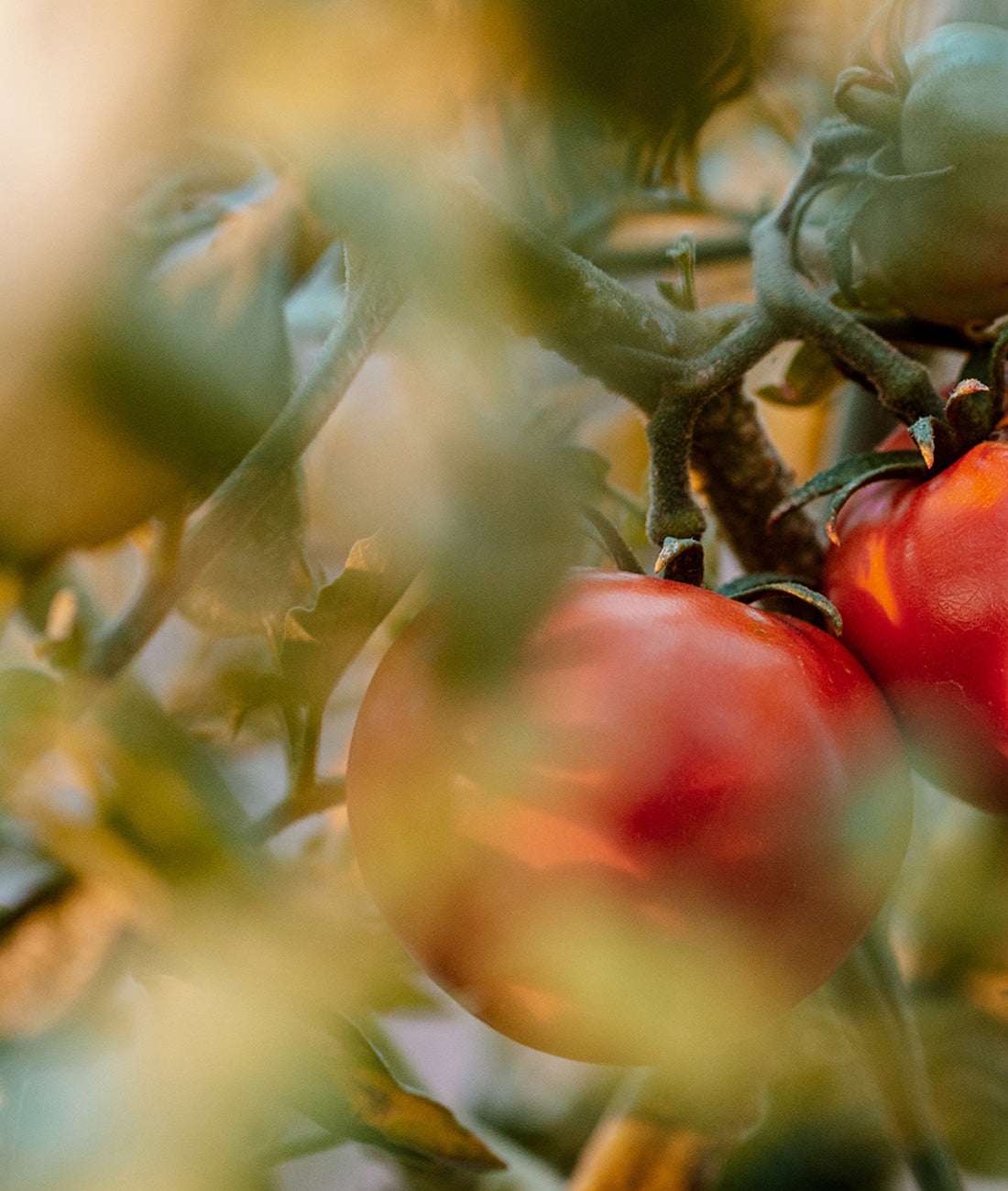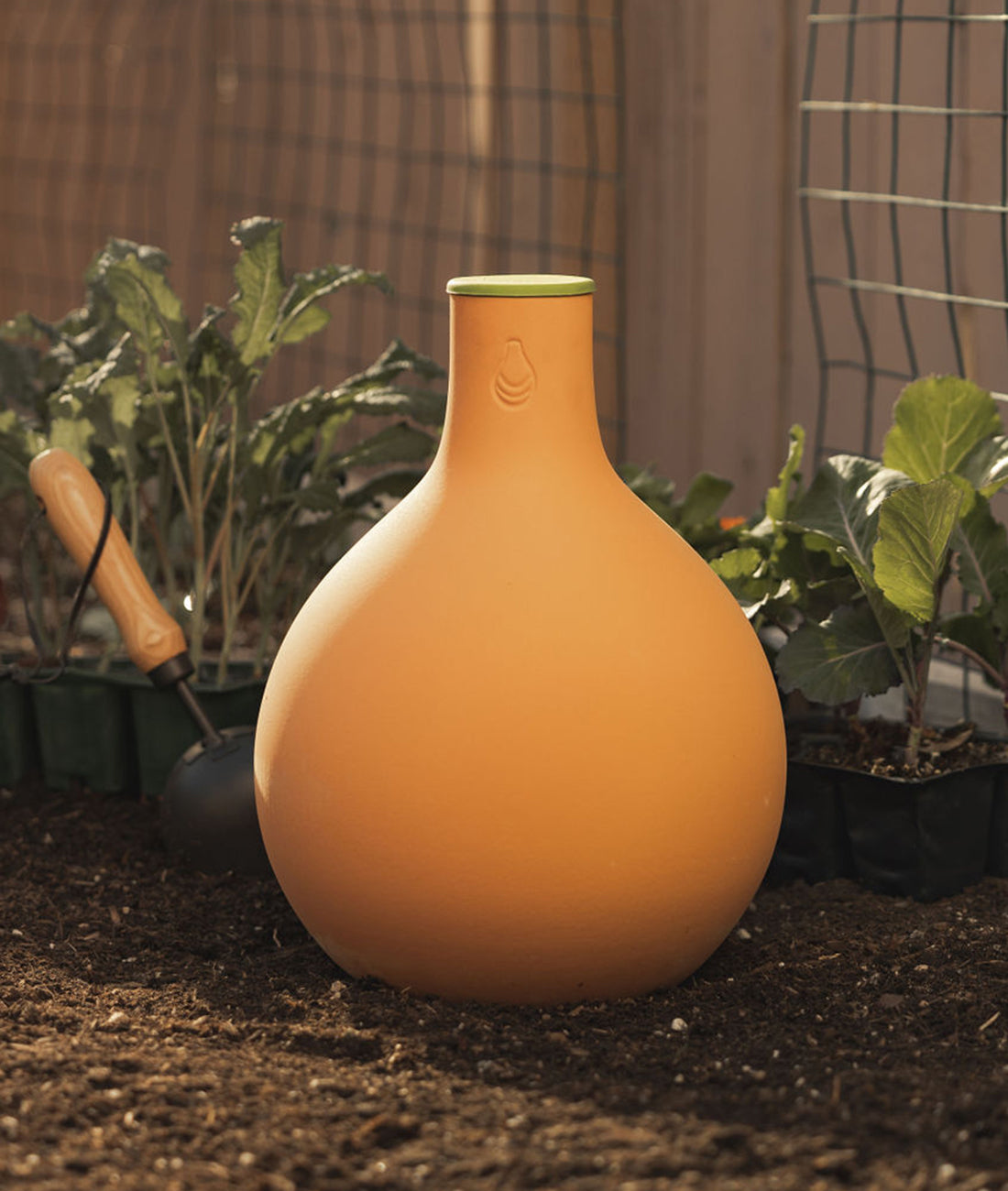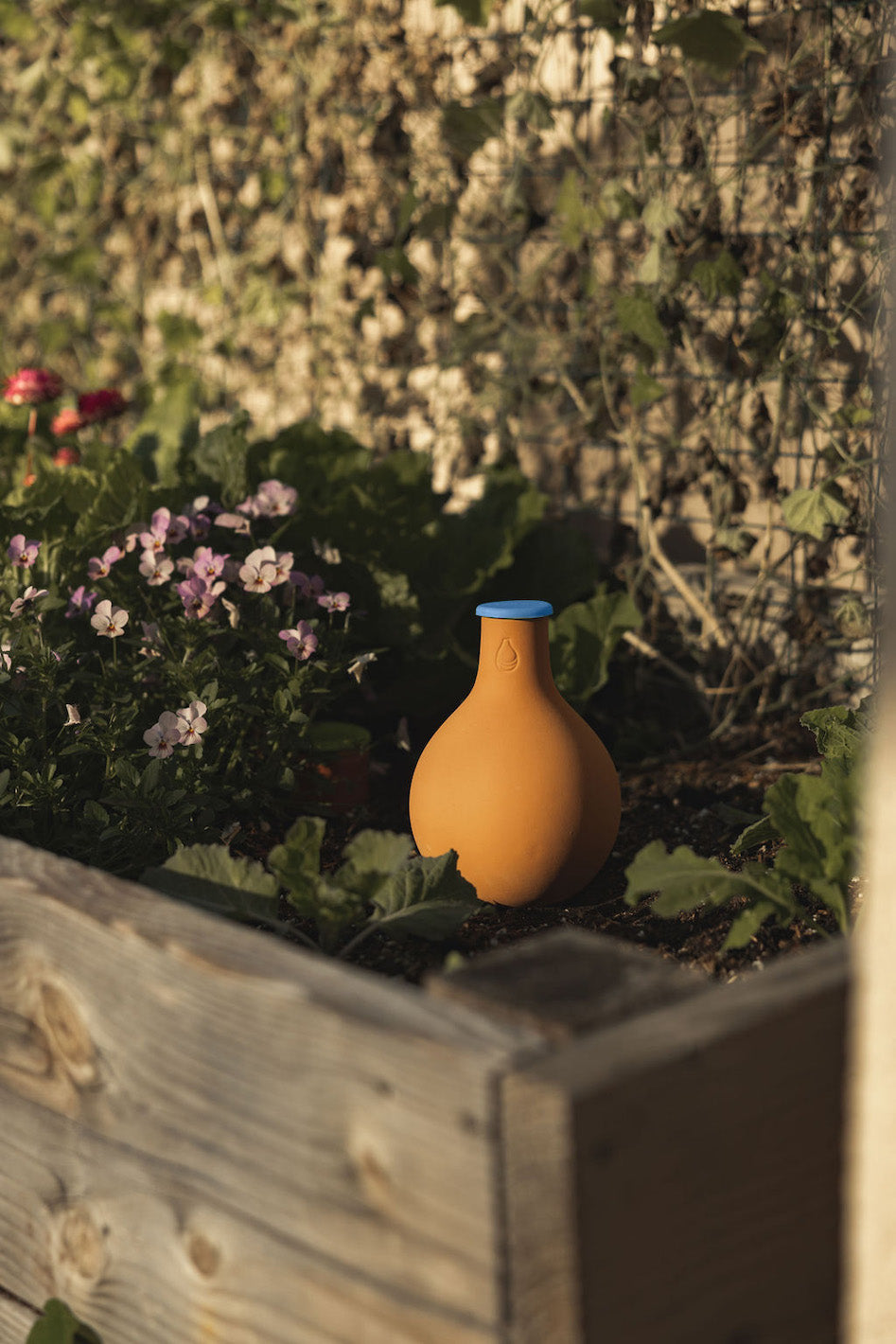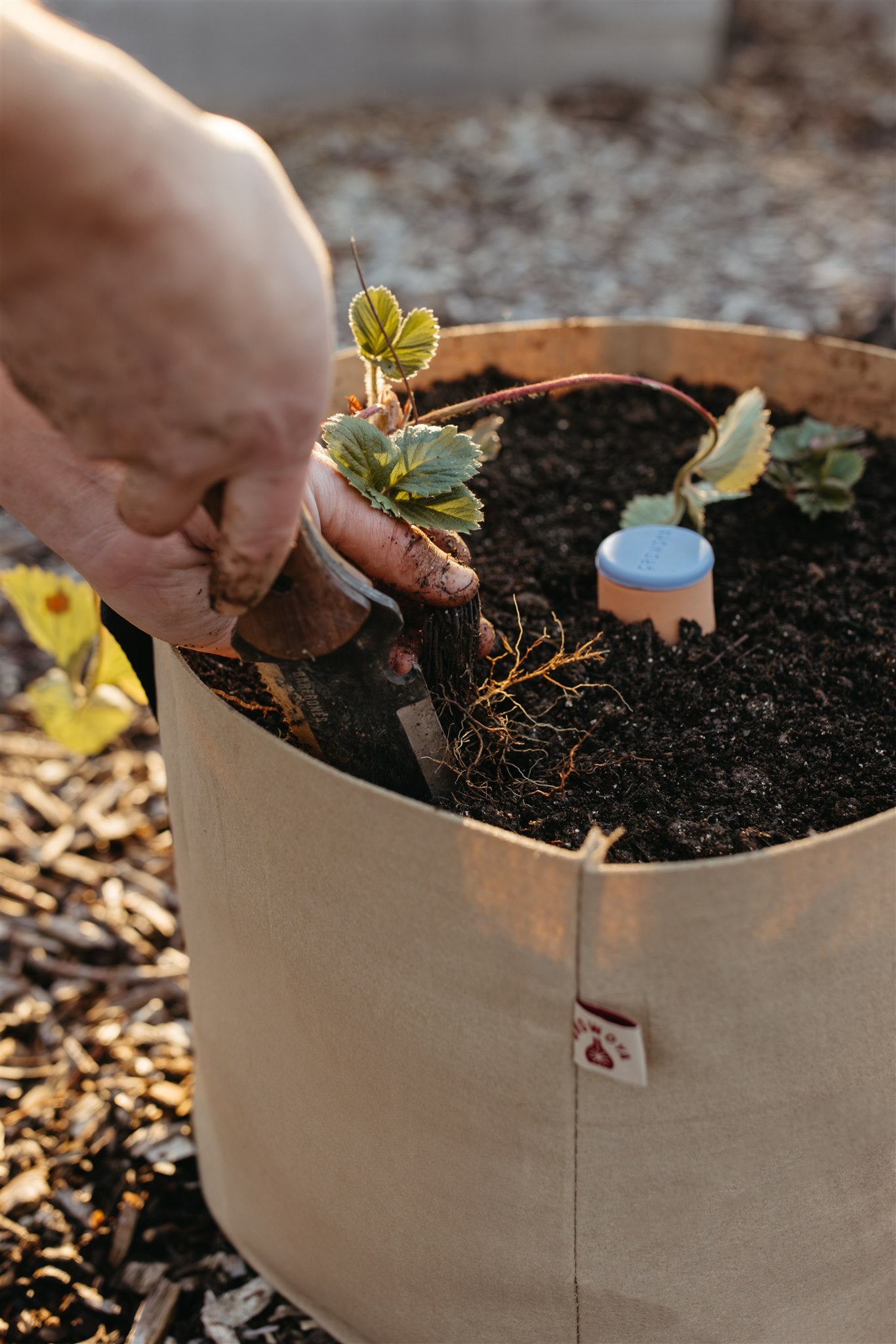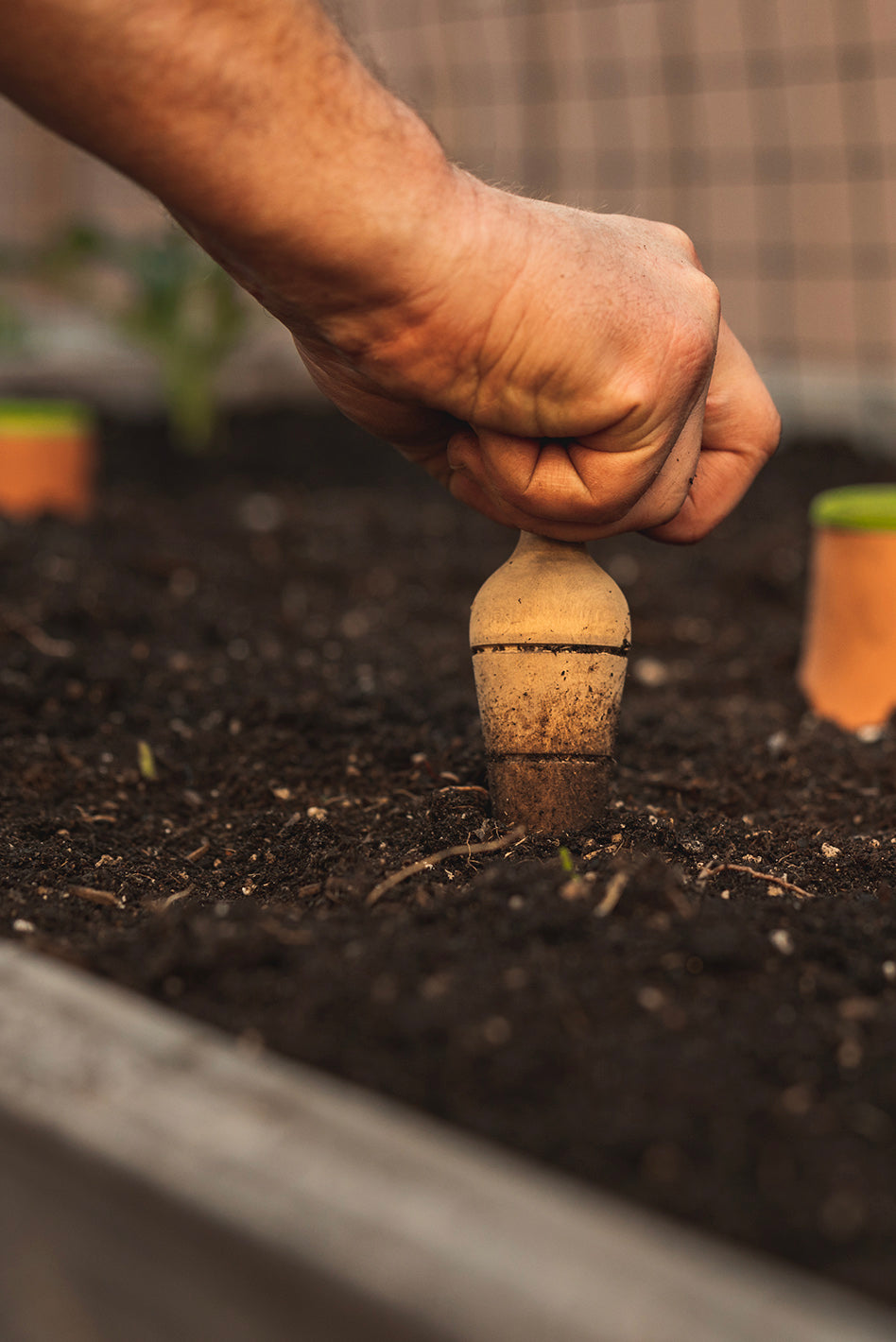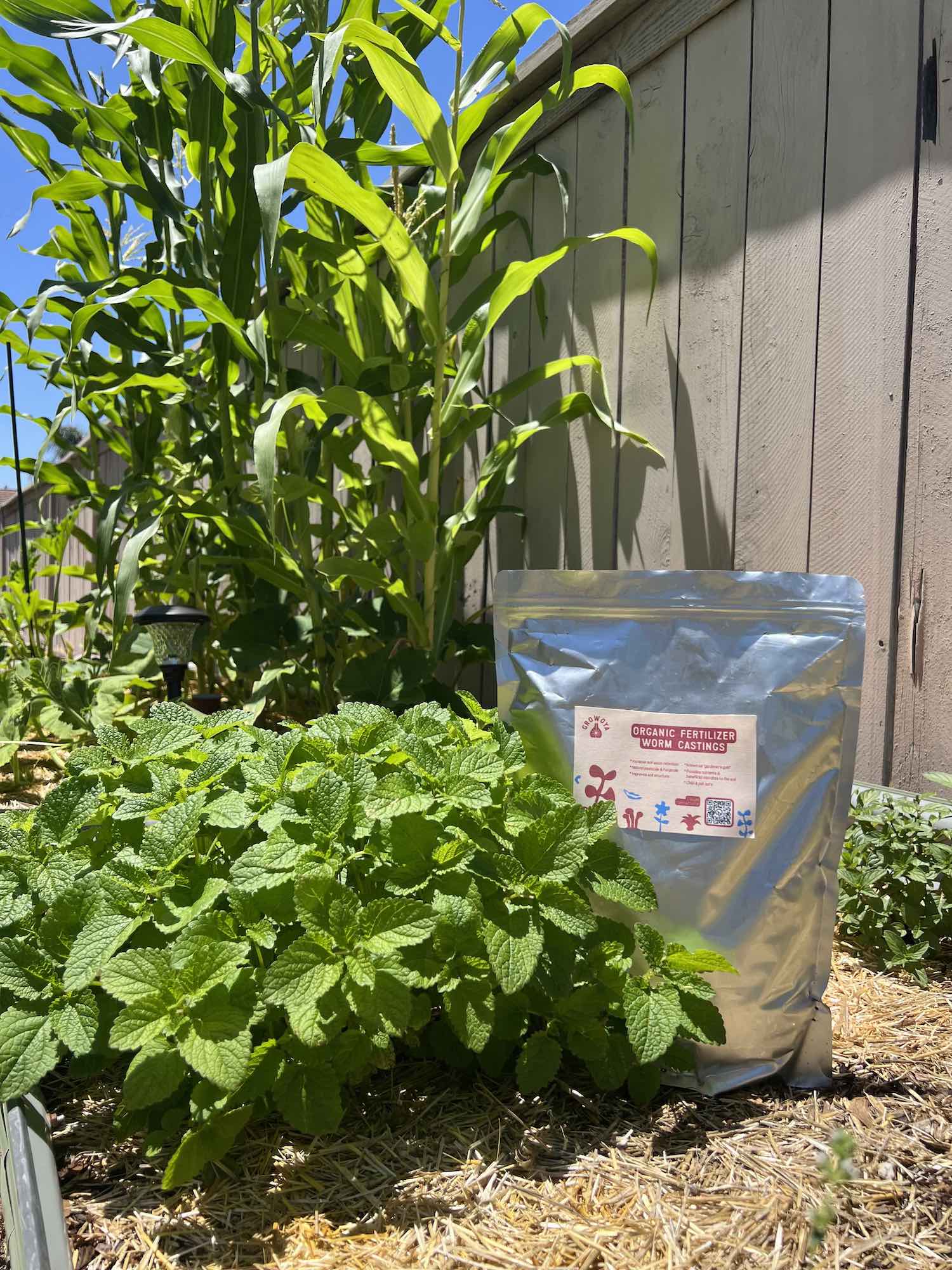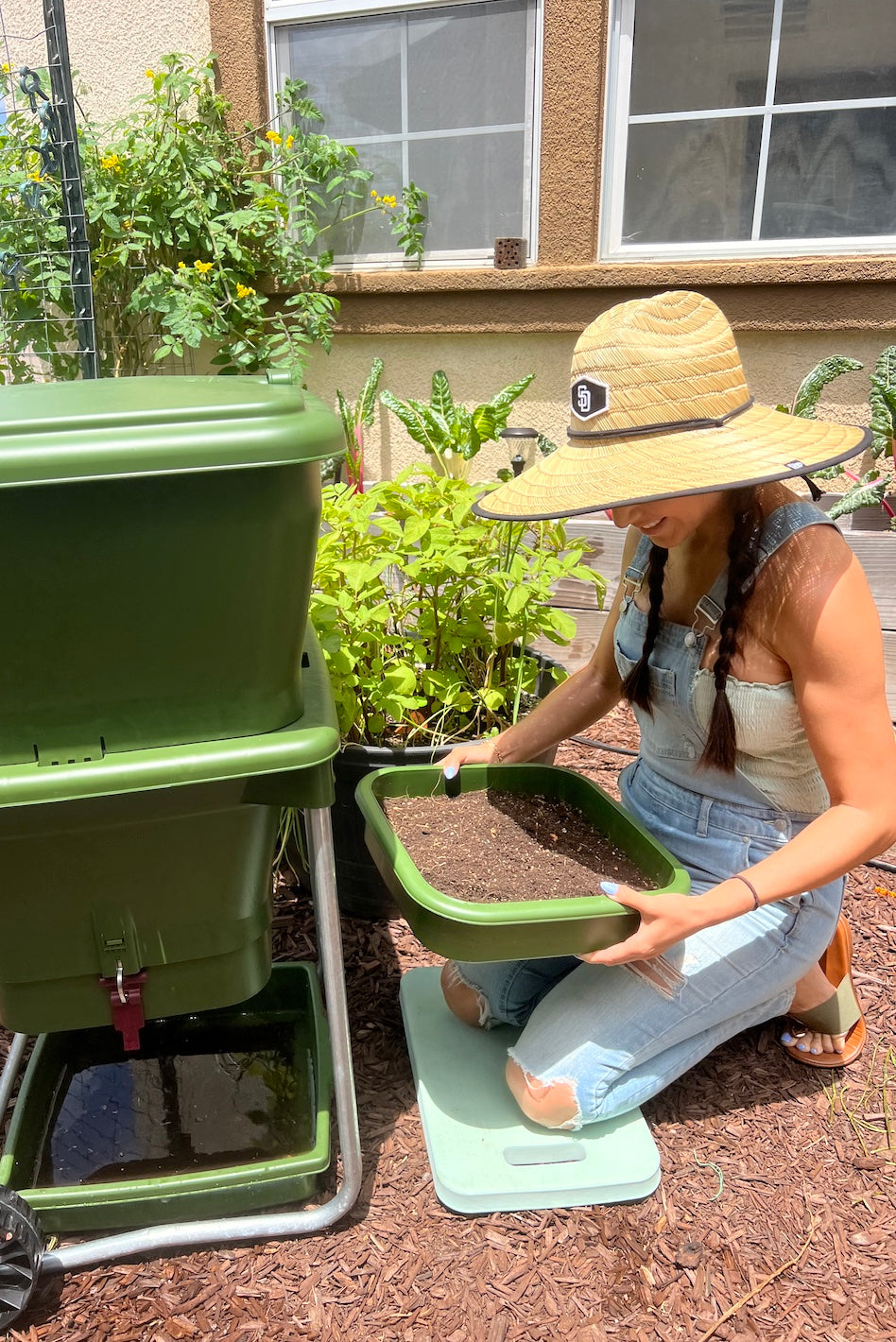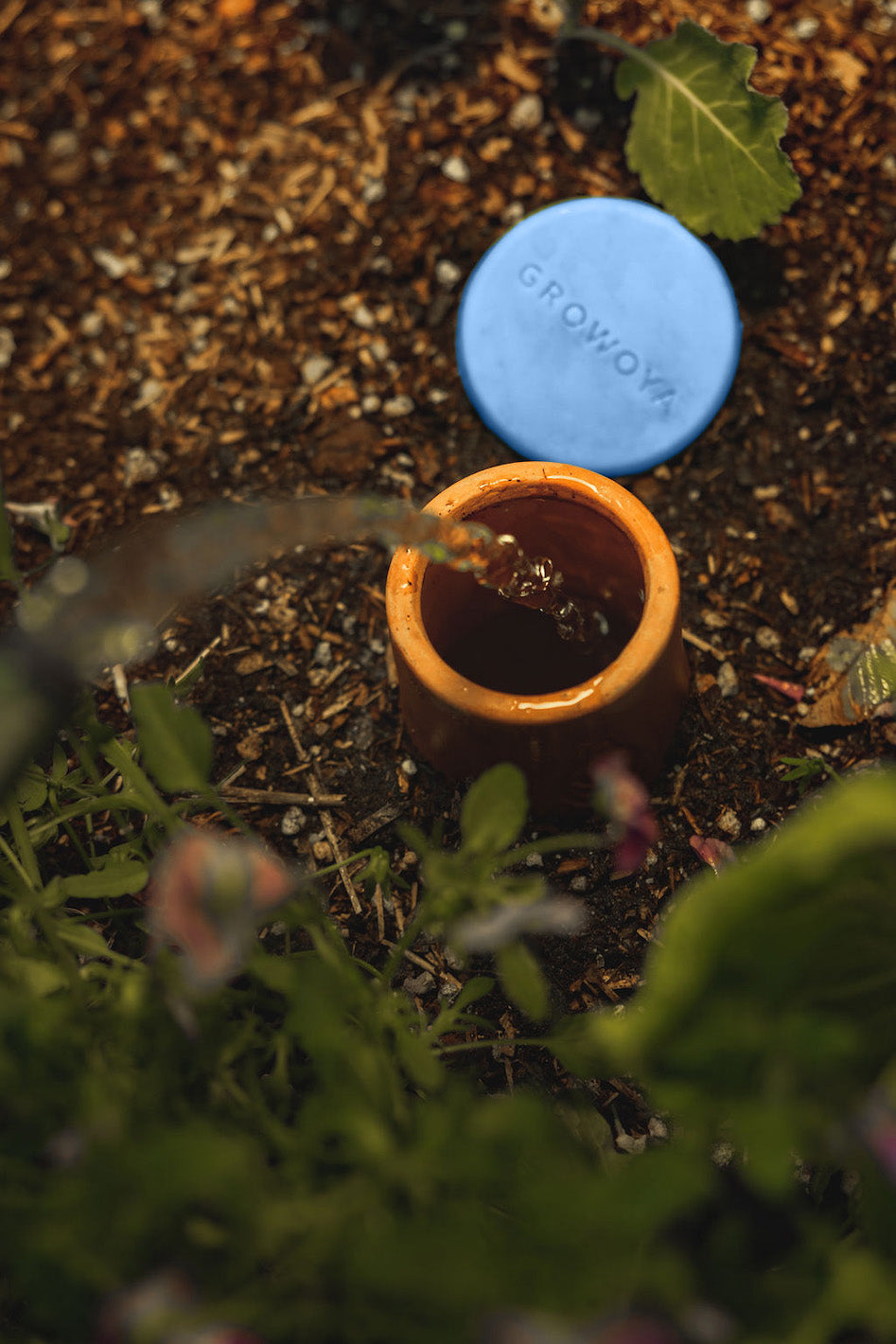Take advantage of the health benefits of this incredibly nutritious vegetable by growing your own straight-neck squash garden. In addition to being rich in vitamins and minerals, this highly-prized culinary powerhouse gives food a unique buttery flavor. Straight-neck squash is a great option if you want to cultivate a vegetable that is simple to grow and can be used in a variety of ways. But how long do these delectable plants need to grow? We'll go over all you need to know about growing straight-neck squash in this blog post so you can get started adding it to your vegetable garden.
How Much Time Does It Take To Grow Squash?
The variety of squash you are growing, the climate, and the growth environment all have an impact on the answer to this question, however, the majority of straight-neck squash varieties may mature in anywhere between 45 and 75 days! When growing squash yourself, be sure to monitor it during the whole growth cycle for excellent quality.
Fundamentals of Straight-Neck Squash
The first step in cultivating a straight-neck squash is to make sure your vegetable garden is suitable. The soil should have a lot of organic matter and have good drainage. These plants require 6 to 8 hours of direct sunlight each day since they enjoy the sun. It's time to start planting once the environment is ready!
Planting A Straight-Neck Squash
Plan your planting location in advance. By making a plan, you can guarantee each plant will have the space required. Since they desire sufficient ventilation and ample oxygen, the squash family adores their room and well-drained soil. Avoid overly moist soil as it might lead to decay.
You may begin planting once the space has been laid out. Keep the soil wet until germination takes place and plant each seed approximately 4 inches deep.
The Gestation Period
After planting and watering the seed, watch for germination to take place. Depending on the soil temperature, this occurs within 3-10 days for both winter and summer squash plants. After the seedlings appear, thin them out to give each plant ample room to develop. Once the squash starts to grow, you must keep it separated from one another to prevent rot. A trellis is a fantastic tool for this. They maintain the squashes' vertical axis, which promotes excellent circulation.
Straight-neck squash is a simple and satisfying crop to grow. Your homemade squash will be ready to harvest in 45 to 75 days with some basic knowledge and care. The greatest thing, though? You can always get your hands on delicious squash!
Five Tips for Growing a Lot of Squash
- Start with proper soil - As we've already indicated, growing squash in well-drained soil is essential.
- Plant in full sun - These plants love hot weather. For optimum growth and output, your squash plants require a lot of sun exposure throughout the day.
- Water as needed - During dry seasons, make sure your plants are hydrated. The plants will remain healthy and productive as a result. Pro Tip: With an Oya watering pot, you only need to water every 3-5 days.
- Fertilize - Squash plants require a lot of nutrients to produce a bountiful crop, therefore fertilizing may significantly boost yields.
- Harvest early - For the greatest squash, harvest it as ready when it's still young and soft.
Do Straight-Neck Squash Self-Pollinate?
The answer is yes, straight-neck squash self-pollinates. This means they don't require a different plant to cross-pollinate with in order to produce healthy fruits or veggies. There is no need for an insect or another flower to transmit pollen between squash blooms since they have both male and female components. Nevertheless, evenly space your plants apart to allow for adequate air circulation around them for pollination.
The Soil Type That Squash Likes
Squash plants thrive in wet, well-draining soil containing a lot of organic matter. They need fertile and rich soil. Additionally, the soil must be neutral or slightly acidic (pH 6.2 - 7). The best growth conditions for your squash plants may be achieved by adding compost to the soil before planting. Mulch may also assist maintain constant moisture levels and control soil temperature around the plants. However, it's crucial to watch out for overfertilization of the soil since too much nitrogen might hinder squash plants from blooming and bearing fruit. In order to ensure vigorous growth and excellent harvests, confirm that your soil has a suitable balance of important elements like phosphate and potassium.
The Benefits of Oyas for Squash
As members of the Cucurbitaceae family, squash require hot, sunny weather for a productive harvest. However, unlike other warm-weather plants, squash are susceptible to excess moisture; even their roots or leaves being extremely wet can result in their rotting and losing their quality. Squash hate to have their leaves wet and are very susceptible to fungus with powdery mildew one of the biggest issues. Use Oyas (which ideally hydrate the soil!) along with some trellises (allowing your squash to grow vertically without any hindrance) to make sure they are well cared for.
The Danger of Frost
Squash plants are susceptible to damage from frost. Even light frost can result in permanent harm. Squash are sensitive to temperature changes, particularly cold temperatures. If you don't take precautions to prevent frost damage when the air temperature falls below 50°F (10°C), you might lose your entire crop of squash. The best ways to safeguard your squash include blanketing them, using cloth for row covers, or constructing cloches (compact enclosures that cover insulation to specific plants). You could also plant squash varieties that can survive both high heat and somewhat lower temperatures. These safety measures will guarantee a healthy harvest of delectable squashes!
Winter Squash Types:
- Acorn squash
- Butternut squash
- Delicata squash
- Hubbard squash
- Kabocha squash
- Spaghetti Squash
- Turban squash
- Sweet Dumpling Squash
- Carnival Squash
- Honeynut Squash
Start Growing Your Squash
Growing your own straight-neck squash at home is a wonderful method to get scrumptious and healthy vegetables. You may have a plentiful harvest of this adaptable vegetable if the proper soil, mulch, fertilizer, Oyas, and light frost protection measures are put in place. Whether acorn squash or honeynet squash are more to your liking, with the right care and planning you can enjoy the benefits of cultivating these healthy plants. So go outside and begin planting squash for yourself!


